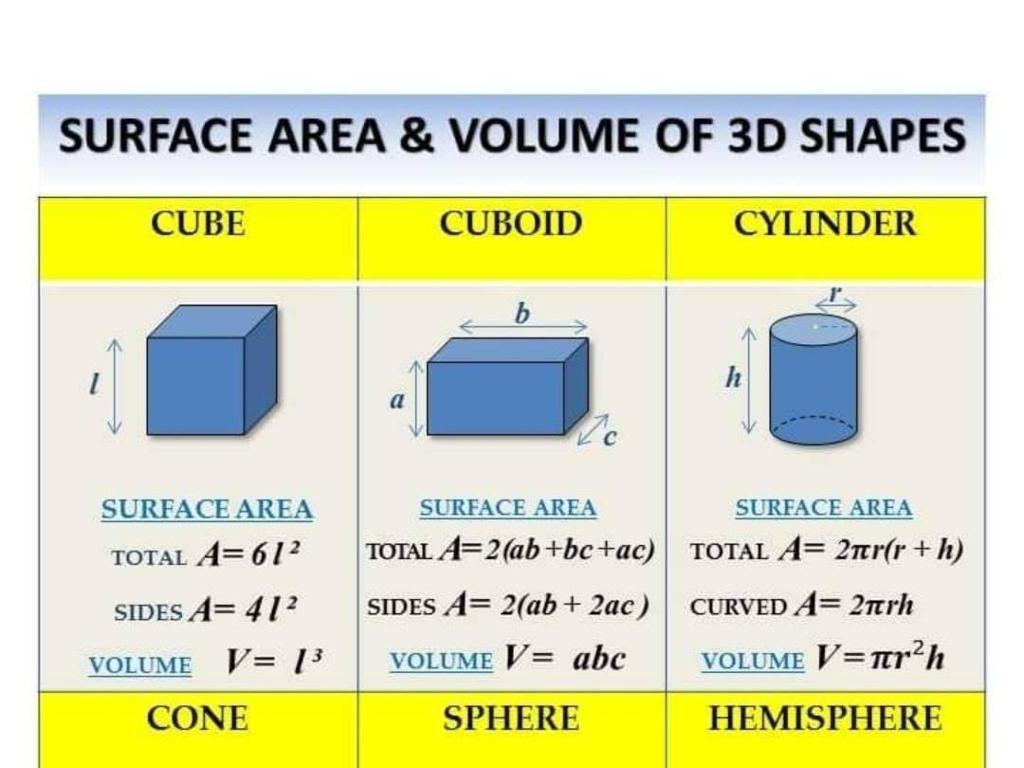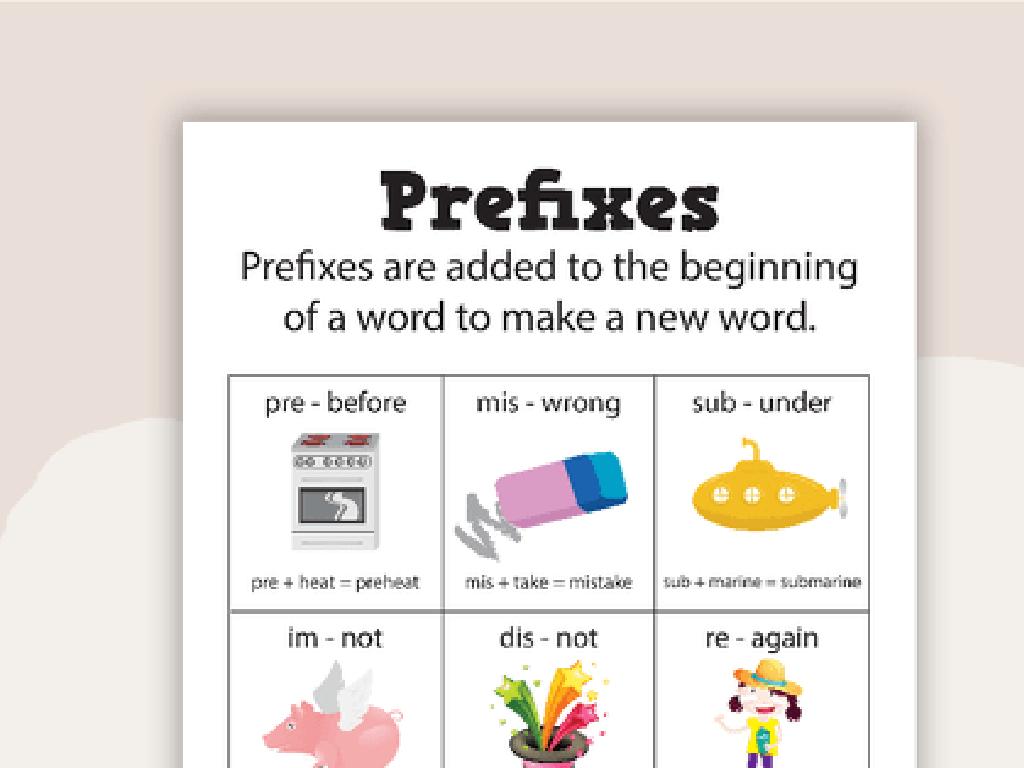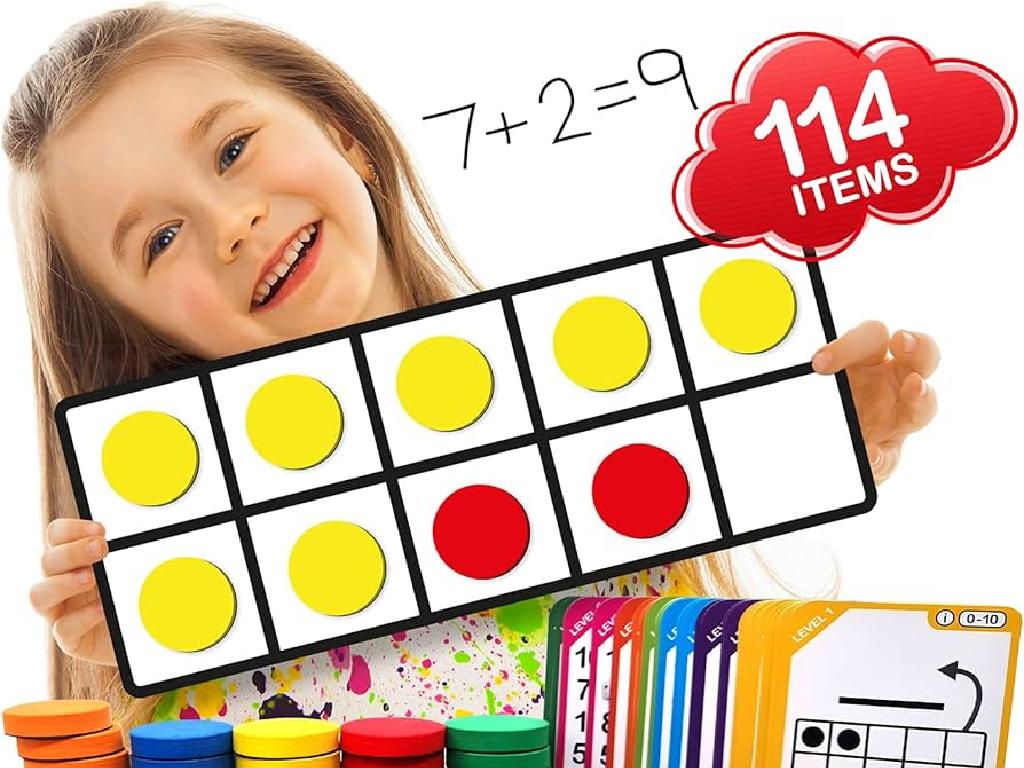The Legislative Branch
Subject: Social studies
Grade: Sixth grade
Topic: Government
Please LOG IN to download the presentation. Access is available to registered users only.
View More Content
Exploring the Legislative Branch
– Congress: The Heart of Legislation
– Congress is made up of the Senate and the House of Representatives.
– Bicameral Structure: Two Chambers
– Senate has 100 members, House based on population.
– The Process of Making Laws
– Bills are proposed, debated, and voted on in Congress.
– Our Role in Legislation
– Citizens can influence laws by voting and contacting legislators.
|
This slide introduces students to the Legislative Branch of the United States government, which is responsible for creating laws. It’s important to explain the bicameral structure of Congress, consisting of the Senate and the House of Representatives. Discuss how a bill becomes a law, emphasizing the stages of proposal, debate, voting, and presidential approval. Highlight the importance of citizen participation in the legislative process through voting and civic engagement. Use examples to illustrate how students can be involved in government and the importance of understanding legislative procedures.
Exploring the Legislative Branch
– One of three government branches
– The Legislative Branch is a key part of the U.S. Government alongside the Executive and Judicial branches.
– Responsible for lawmaking
– It creates and passes bills, which can become laws that govern the land.
– Composed of Senate and House
– The Senate has 100 senators, two from each state. The House of Representatives’ 435 members are based on state population.
– Balances other government powers
|
The Legislative Branch is a fundamental component of the United States government, tasked with the critical role of creating laws. It is one of the three separate but equal branches designed to ensure a balance of power. The branch is bicameral, meaning it has two chambers: the Senate and the House of Representatives. The Senate represents states equally, while the House represents the population of the states. This slide should introduce students to the structure and function of the Legislative Branch, setting the stage for a deeper dive into how laws are made and how this branch interacts with the other branches to govern the country.
The Senate: Upper Chamber of Congress
– The Senate as upper chamber
– The Senate is one part of the legislative branch, known as the upper chamber.
– Composed of 100 senators
– There are 100 senators, ensuring equal representation for each state.
– Each state elects two senators
– Every state in the U.S. has 2 senators, regardless of population size.
– Senators serve six-year terms
– Senators are elected to represent their state for a term of six years.
|
This slide introduces the Senate, one of the two chambers that make up the U.S. Congress. The Senate is referred to as the upper chamber and is composed of 100 senators, with each state contributing two senators. This ensures equal representation from all states, large or small. Senators are elected to serve six-year terms, with elections staggered so that approximately one-third of the Senate is up for re-election every two years. This structure is designed to provide stability and continuity in the legislative process. Discuss with students the role of senators and how they contribute to the creation of federal laws. Encourage them to think about the importance of equal representation in the Senate and how it differs from the House of Representatives, which is based on population.
The House of Representatives
– Lower chamber of Congress
– 435 Representatives
– Each state has a different number of Reps.
– Based on state population
– More people in a state means more Reps.
– Serve two-year terms
– Elections are held every even year.
|
The House of Representatives is one of the two bodies that make up the U.S. Congress, known as the lower chamber. It consists of 435 Representatives, a number that is fixed by law but distributed among the states based on population. This means states with larger populations have more Representatives. Each Representative serves a two-year term, with elections held every even-numbered year. This slide aims to give students a clear understanding of the composition and function of the House of Representatives within the legislative branch of the government.
The Journey of a Bill: Becoming a Law
– Introduction of a bill in Congress
– Any member of Congress can propose a new law, called a bill.
– Committee review and approval
– Specialized committees examine the bill’s details and implications.
– Debate and vote in Senate and House
– Both chambers of Congress discuss the bill and cast their votes.
– Presidential decision: approval or veto
– The President can sign the bill into law or reject it with a veto.
|
This slide outlines the process of how a bill becomes a law in the United States. It begins with a member of Congress introducing a bill. The bill then goes to a committee where it is closely reviewed and must be approved to proceed. Following committee approval, the bill is debated on the floors of both the Senate and the House of Representatives, where it must pass by a majority vote in each chamber. Finally, the bill reaches the President, who has the power to sign it into law or veto it. If vetoed, Congress can override the veto with a two-thirds majority vote in both chambers. This process is crucial for students to understand as it demonstrates how legislative power is exercised and how laws are established in the U.S. government.
The Committee System in Congress
– Specialized groups in Congress
– Groups focus on specific legislative areas
– Example: The Budget Committee
– Manages and scrutinizes government spending
– Review of bills by committees
– They analyze, amend, and decide if the bill advances
– Role before full Congress vote
– Committees are crucial for the legislative process
|
This slide introduces the committee system within the Legislative Branch, explaining how Congress delegates tasks to specialized groups to increase efficiency and focus on specific areas. For instance, the Budget Committee is responsible for overseeing government spending, ensuring fiscal responsibility. Committees play a vital role in reviewing bills, making amendments, and determining whether the legislation is ready to be presented to the entire Congress for a vote. This step is essential in the legislative process, as it allows for detailed examination and discussion of proposed laws. Encourage students to think about how this system might help Congress manage the vast array of issues it must address.
Checks and Balances in the Legislative Branch
– Prevents overpowering branches
– Congress can override vetoes
– Needs two-thirds vote in both houses
– Power to impeach officials
– Impeachment is for misconduct
– Maintains government balance
|
This slide focuses on the system of checks and balances, which is crucial for maintaining the balance of power within the U.S. government. It’s designed to ensure that no single branch, including the Legislative Branch, becomes too powerful. Highlight how Congress, part of the Legislative Branch, has the authority to override a presidential veto if two-thirds of both the House of Representatives and the Senate vote in favor of the override. Additionally, discuss the Legislative Branch’s power to impeach officials, which serves as a check on the Executive and Judicial branches. Impeachment is a serious action taken for ‘high crimes and misdemeanors’ and is the first step in the process of potentially removing an official from office. Encourage students to think about how these checks and balances contribute to a fair and democratic government.
Your Role in Government
– Voting for representatives
– Choose who will make laws for you
– Engaging in elections
– Local and national elections shape our leadership
– Staying informed on governance
– Keep up with government actions and decisions
– Impact of civic participation
– Your involvement influences government policies
|
This slide aims to educate students on the importance of their roles in a democratic government. Emphasize the power of voting as a means to select their representatives and senators who will make decisions on their behalf. Discuss the significance of participating in both local and national elections, as these determine the leaders who will guide their communities and country. Highlight the necessity of staying informed about governmental affairs, as this knowledge empowers them to hold elected officials accountable and make informed choices. Lastly, discuss how active civic participation can lead to changes in government policies and impact society. Encourage students to think of ways they can start participating, such as discussing current events in class or at home.
Class Activity: Create Your Own Bill
– Form small groups for discussion
– Brainstorm a law to help your school/community
– Outline the steps for a bill to become law
– Identify problem, draft bill, discuss, revise, vote
– Present and vote on your bill in class
|
This activity is designed to engage students with the legislative process by creating their own bill. Divide the class into small groups to foster teamwork. Each group should think of a law that could make a positive change in their school or community. Guide them to write down the legislative steps their bill would need to pass through to become a law, including drafting, discussing, revising, and voting on the bill. Finally, each group will present their bill to the class, and a mock vote will be held to determine if the bill ‘passes.’ This exercise will help students understand the complexities of lawmaking and the importance of civic engagement. Possible variations of the activity could include creating posters for their bill, writing persuasive speeches, or debating the merits of different bills.






